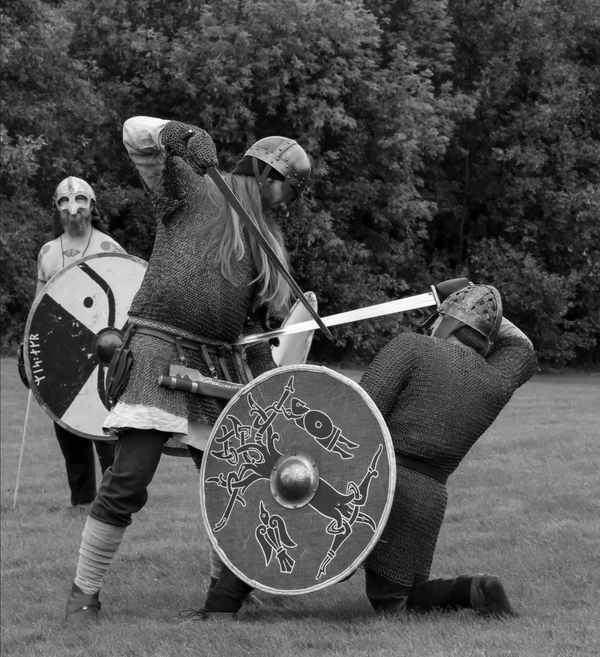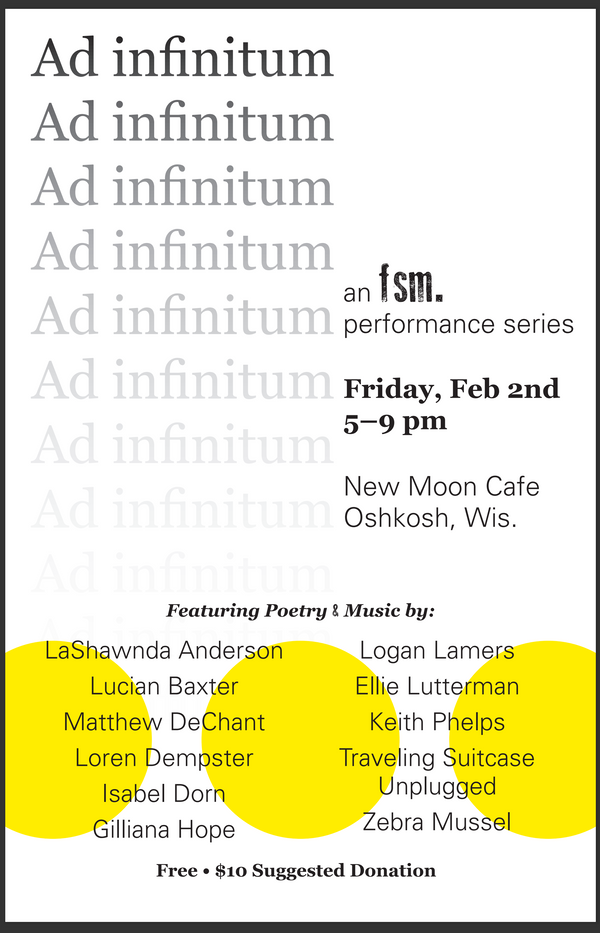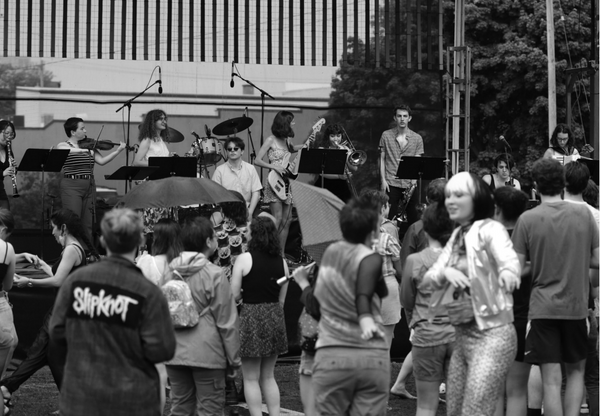Blood Memory: A Native Dancer’s Experience
by Sam Aros Mitchell
Like many adopted Native people, I was scooped up in the late 60’s, during a time that is now referred to as “The Native American Adoption Era”, I was separated from my language, culture and people. I had never even met another Yaqui-identifying person until I was in my 20’s, at UC Santa Barbara. That Yaqui-identifying person, incidentally, was scholar Yolanda Broyles-Gonzalez. Upon first meeting Yolanda in her office, I introduced myself, telling her that I was “mestizo”, (a mix of Indian and Spanish). She gently admonished me, telling me that the term “mestizo” was in fact, the colonizer’s term. She encouraged me to identify with my Native heritage. I’d see Yolanda around campus, and she would always greet me with a warm smile and say “My Yaqui brother!”. Like many moments since that initial meeting, it was a moment of deep, ancestral connection along with the very humbling experience of deep learning (and unlearning) around the nature of words that I chose to use, which either worked against oppression or directly inside of it.
In terms of dance, I began, like many dancers, with ballet, which I now see as a model for “embodied colonization” in its most base form, and at its highest form, holding a vast potential for decolonization. At the tender age of 19, however, I was naive to these things... At 21, I discovered “modern dance” and became a dance major, while attending college at UC Santa Barbara. It doesn’t escape me that many, if not all of the University of California institutions occupy Native land which was stolen from Native people by the US military, used as training grounds and military bases and then “gifted” to the University in the form of “land grab grants”.
The modern dance studio at UCSB was a converted mess hall, a relic from the days when it was a military base. I remember the sensations of launching myself so high up into the air that I would look down and wonder, “How am I ever going to make it down?” My teachers danced with Martha Graham, Alvin Ailey, Doris Humphrey, Anna Sokolow and Jennifer Muller. I spent six to eight hours in that studio daily, where I was either in technique classes or in rehearsal... I could see the connection between each generation of dancers, all descending from the early “American modern dance masters”. A “family tree of dance” if you will. I am still proud of that legacy. I have travelled all over the world, claiming my right to be there because of those who came before me and those who I had studied with. This, incidentally, is a very Native thing to do.
During this time, in the early 90’s, I devoured an autobiography written by Martha Graham called Blood Memory. She wrote about her life, moving from Pennsylvania to California, shared stories about her family and of course, modern dance. She spoke about the moment when she saw a dance concert in Los Angeles and how it changed her life. The dance company was the Denishawn Company, which she later became an active member of. Ted Shawn and Ruth St. Denis made a career out of appropriating lots of other cultures and rebranding it as American. Martha later started her own company, called “The Martha Graham Dance Company”. Ever notice how white folks in the US like to name things after themselves? You don’t really see that with Native people. At the time, I thought that Blood Memory was such a satisfying title for a book. It was both sacred and profane. Most young dancers experience firsthand what it’s like to split their foot and smear blood on the pristine wood floors. I can imagine Martha when asked why she danced, saying something like “it’s in my blood”. It’s odd to me that Martha is referred to as a “pioneer” of modern dance. So, what does that make me?
A Native friend of mine, named Sandy White Hawk, was the central figure in a documentary called Blood Memory, (nothing to do with the book by Martha Graham). This film deals with the Native American scoop that I mentioned earlier. Adopting Native children right off the reservation, in hopes of providing white families with Indian babies, and providing Indian babies with better opportunities, which completely isolated them from their culture and people. The film also touches upon the abuse that occurred to these adopted children and also within Native residential schools. The title, Blood Memory, performs something completely different than Martha Graham’s book about modern dance. I think of the ways that blood was the thing that called Sandy back to her people. She was separated from them at a very young age and still, that pull, that desire to be reconnected with what she had lost, was so strong that it led her back. She found her way back. I also think about intergenerational trauma for Native people and the ways in which our blood holds memory for us. Of the genocide, torture, trauma and other awful things that happened to us but also about our strength as a people, our birthright and connection with our own tribal Nation.
One of those early dance teachers of mine, Alice Condodina, taught me about a choreographer named José Limón. Alice had been a principal dancer in José’s company and I still think of her as my mentor. I identified strongly with José Limón’s musicality, aesthetic, and the deep physicality of his technique. One day, instinctively, I asked her if José was Yaqui. She said that José had always identifiedas “mestizo”. Later, I ran across this quote from him concerning his ancestry; “It was not considered quite nice, in those times, in respectable provincial society, to be tainted with the blood of those wild tribes from the mountains or the deserts.” It would be decades later, when Limón would reconcile with his Yaqui heritage, by choreographing a dance piece called “The Unsung”. This piece celebrated Native tribes throughout the United States. Incidentally, I performed in a student version of “The Unsung” at San Jose State University, as part of a Limón dance residency, back in the early 90’s.
These days, I identify first as Yaqui (enrolled) and second as an interdisciplinary, Indigenous scholar, dancer and choreographer. Like Sandy, I happened to be one of those long-lost ancestors, and in the act of simply coming home, it turns out that my people wanted me. Dakota scholar Kim Tallbear has written “And my point is, maybe you do have some remote ancestor. So what? You don’t just get to decide you’re Cherokee if the community does not recognize you as such”. Gratefully, my community was waiting for me with open arms.
Martha Graham, Blood Memory: An Autobiography, New York: Doubleday, 1991.
Blood Memory film, https://www.bloodmemorydoc.com/
Limón, José, and Lynn Garafola. José Limón: An Unfinished Memoir. Hanover,
NH: University Press of New England, 1998. Print
Tuck, Eve. & Yang, Wayne K. “Decolonization Is Not A Metaphor” in Decolonization: Indigeneity, Education, Society. 1.1 (2012). 1-40. Electronic.




